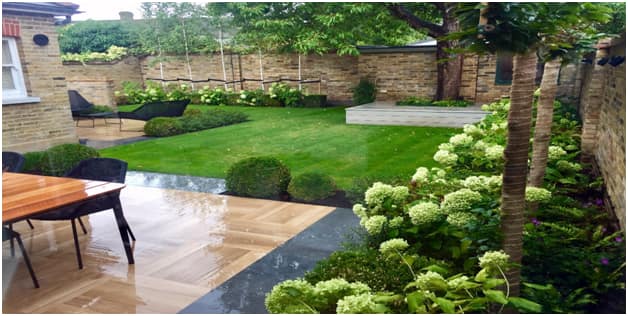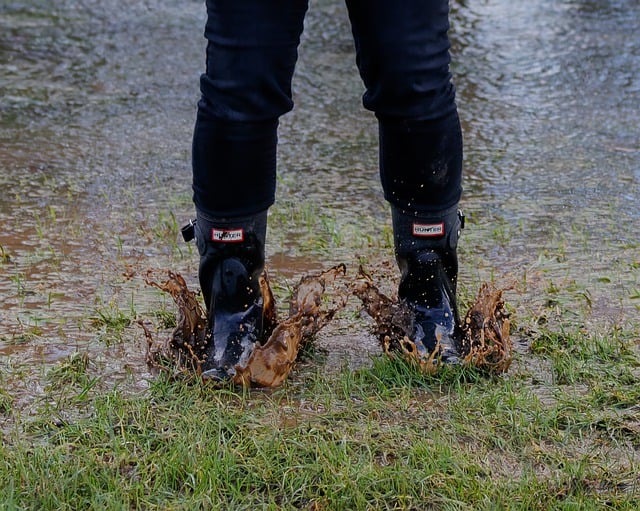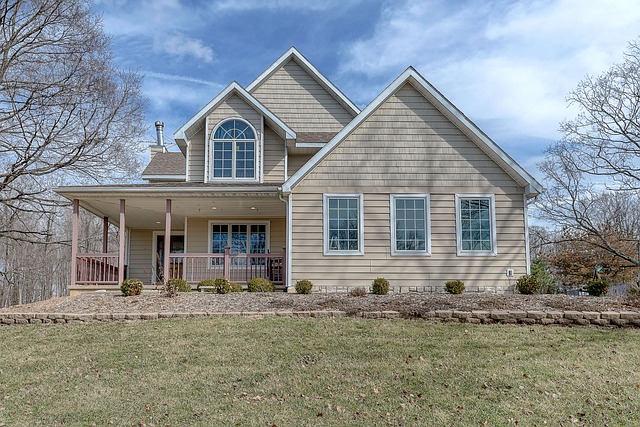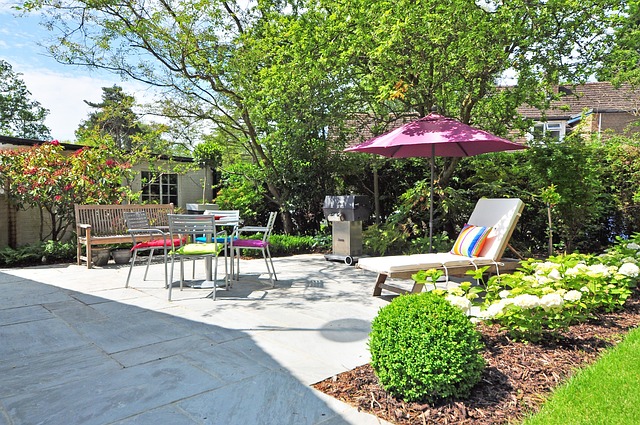

Beautiful Backyard
During weeks of rain, does your backyard gets fully submerged under inches of water? Do longstanding puddles completely occupy the front porch pathway? Have you been dreading the thought of your yard resembling a swamp again with the next forecasted rainfall?
All homeowners face a few wrinkles while managing their open spaces during spring rainfall. However, it does not mean that one becomes complacent with the yards which repeatedly flood after rainstorms. Lawns that retain large pools display a dangerous issue. Ignoring this problem could cause grievous damage to your landscape, undermine the foundation of nearby concrete construction, and flood the basement.
What Went Wrong?
The kids will enjoy playing in the muddy puddles during rainy days, but soggy lawns can be a start to a dreadful end. Standing water retained in the yard is due to insufficient natural and man-made drainage flows. Lawns that are not graded or leveled will carry low spots, forming puddles around the yard. Additionally, slopes also help direct water away from your property. Landscapes with improper angels will retain faster than they will drain.

Heavy storms or strong downpours can destabilize pieces of outer gutter lines. Furthermore, a single draining unit may not be sufficient to keep up with the speed of rainfall. Hence, the absence of multiple drainage units can cause rain to overwhelm the existing lines and flood the yard.
How Can You Overcome Soggy Yards?
If modest yard maintenance methods do not keep your yard from being flooded, do not panic. Fortunately, it is never too late to upgrade your outdoor spaces and equip them with landscaping tools to improve the drainage and protect the property from standing water problems. Here are six methods you can use to prevail over waterlogged yards:
1. French Drain
The sustainable invention of Henry French, French drains can be described as underground perforated pipes which move excess water from puddles to a curbside storm drain. These underground pipes safely reroute water to flow out of your property. French drains can be installed by a company specializing in drainage repair and fitting, and are placed horizontally across a property, directly uphill of the most vulnerable spots. It will intercept water and channel it around the low soggy areas to minimize water retention in your lawn.
The flexible characteristic of this pipe makes it easier to maneuver around tree roots or other fixed pieces in the yard. The drain should be surrounded by or buried under materials, like pea gravel or polystyrene, that allow water to seep into the perforated pipe. This mechanism ensures that water is drained over a larger surface area because water is simply soaking into the drain. You can construct the drain to receive water seep along its stretch and disperse it underground, creating no need for an inlet or outlet.

2. Securing Water Away from Low Spots
Small, but definitive, infrastructure alterations can help prevent water retained at low and soggy areas of the lawn. These sinking parts of the lawn collect water and hinder water flowing to drains. Survey your yard and understand how simple changes and reduce standing water issues in these low areas. For example, garden areas near the house form puddles and hold water. You can redirect or extend downspout drains away from these soggy spots so the pipe discharge to a different location.
You can also invest in rain barrels to deal with troublemaking downspout. These barrels collect rainfall and can be stored for later use. Additionally, installing awnings to keep the rain off the doorway or low areas near the house to ensure water flows away from the house and avoid puddles. Explore different kinds of covering and shade at the nearest Sydney awnings retailer.
3. Sump Pump
These machines are designed to suck excess water from the yard and release them away from the house. You can install sump pumps as a fail-safe method for window wells to thrust water away when the tank fills up. Run the discharge pipe from your pump to drainage systems outside your property to successfully secure your lawn from standing puddles. A sump pump is essential to ensure that your basement, and other concrete constructions, stay dry during heavy rainfall. It can also be your ultimate ace card to avoid costly water damage due to a flooded basement.
4. Rain Garden
Often landscaped in shallow depressions to help naturally absorb rainwater in the ground. It also shows a glass-half-full attitude if you decide to turn swampy patches of your yard into appealing rain gardens. These gardens retrieve water from drainage gutters and downspouts and soak it underground. Commonly, the garden is developed in natural recessions with porous soil and utilizing local or flood-thriving plants, like Ferns and Swamp Milkweed.

5. Dry Wells
Some yards may experience flooding but the soil soaks water into the ground relatively better. These yards are good candidates for dry wells. A dry well is simply an agricultural tool that uses large special dry well barrels underneath to store excess water and holds it till the soil absorbs water into the ground. the buried tanks are surrounded by gravel or other porous material to allow accessible drainage flow.
This will help your yard survive heavy rainfall and not form into a dreadful pond in the process. The capacity of the wells can be increased according to preference. Dry wells do need an inlet which will be placed on top of the tank as a grate. This will allow users to check the water level in the barrel and if the drain is working properly.
6. Level the Slopes
Ungraded lawns carry low soggy areas which will retain water and create puddles. To avoid standing water, the ground should have a level slope that is trending away from the house. Investigate the higher and lower points of your yard. Then, add layers of topsoil in recessive or shallow areas. This will ensure that rainwater will flow in the direction you want. Moreover, you can use a barrier of mulch surrounding the house to reduce puddling and flooding.